A photo of the Racebrook Tract sign with proof of Forestry services, Orange, CT, April 10, 2023. Photo courtesy of Horseshoe Magazine/Kalla Ames.
Forests serve as an important part of our world. To better appreciate and enjoy nature, I ventured onto a nearby trail. After doing some research I discovered a forest with multiple trails that has been treated by the Forestry Department. This is the Racebook Tract located in Orange and Westbrook, Connecticut.
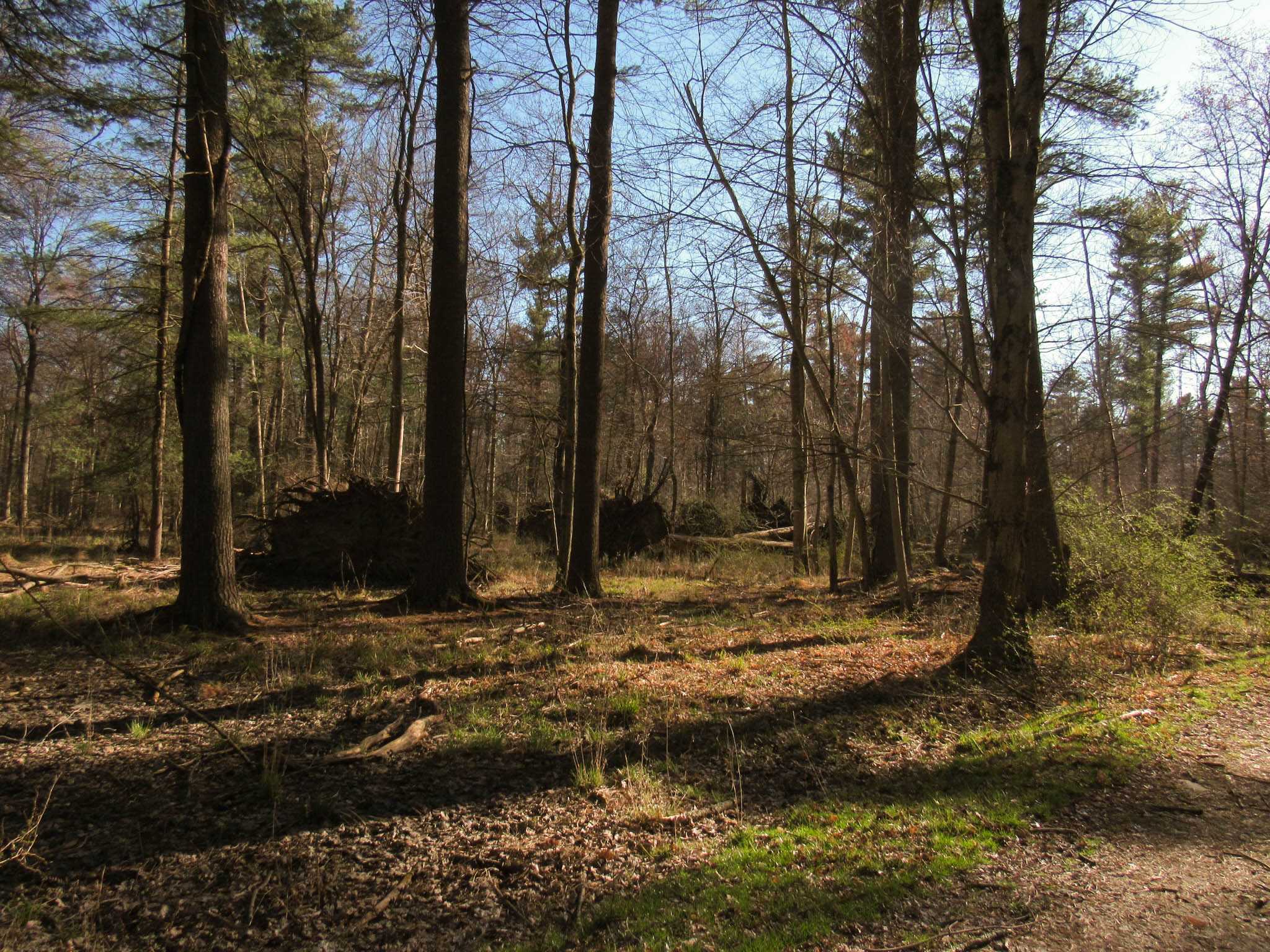
Fallen trees lie on the ground near the purple trail at the Racebrook Tract, Westbrook, CT, April 10, 2023. Photo courtesy of Horseshoe Magazine/Kalla Ames.
Connecticut has 33 state forests which total about 175,000 acres. These forests are controlled and maintained by the Department of Forestry, which seeks to protect wildlife, the natural diversity amongst endangered species, the preservation of sights and other policies.
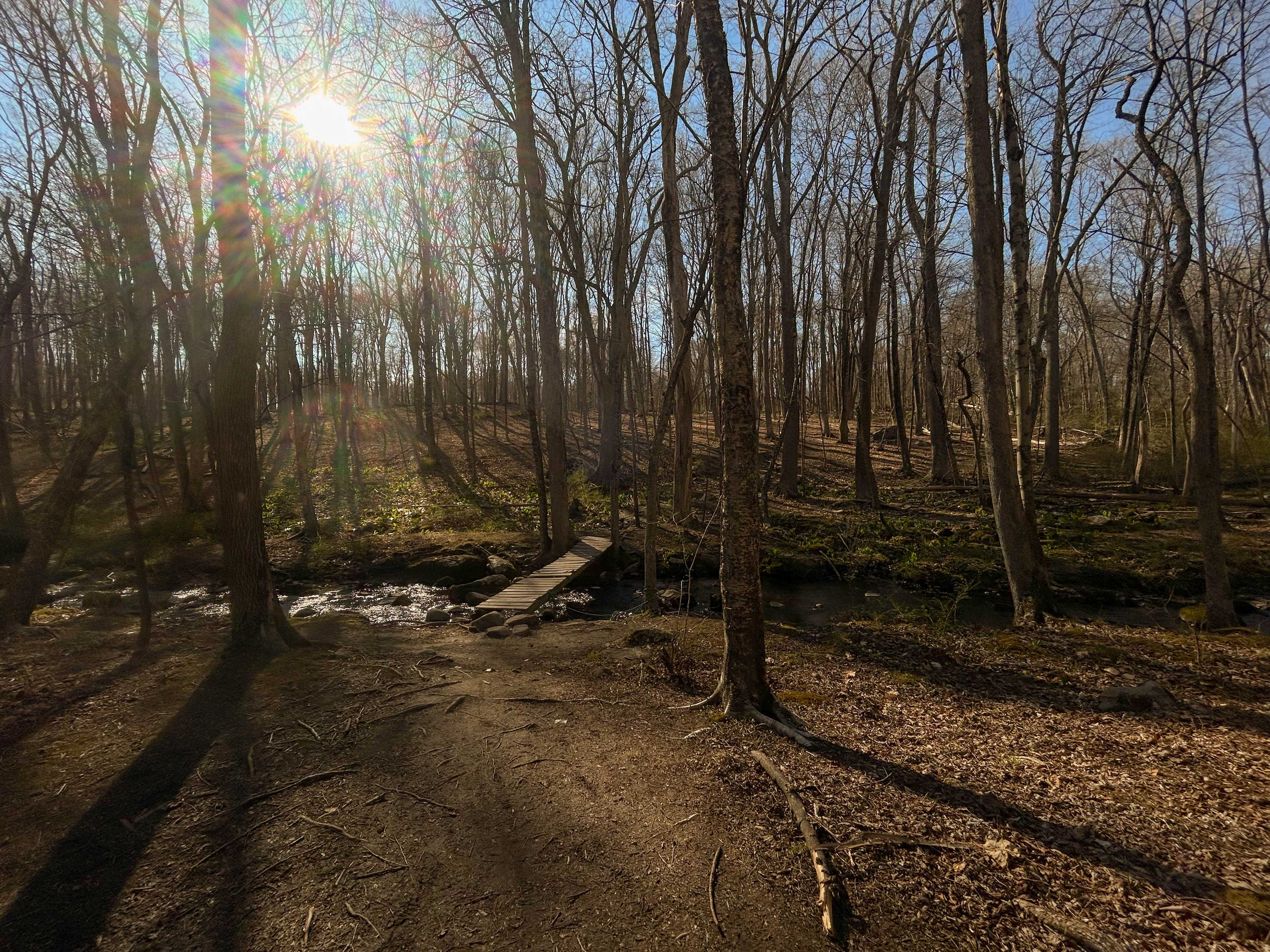
A wooden bridge lays over a stream at the red trail of Racebrook Tract, Orange, CT, April 10, 2023. Photo courtesy of Horseshoe Magazine/Kalla Ames.
Trees also act as a home for many species that live amongst us, providing food, a source of water and a comfortable spot to raise the young for many species Given their important role in ecosystems, it is extremely important that forests are monitored and kept intact.
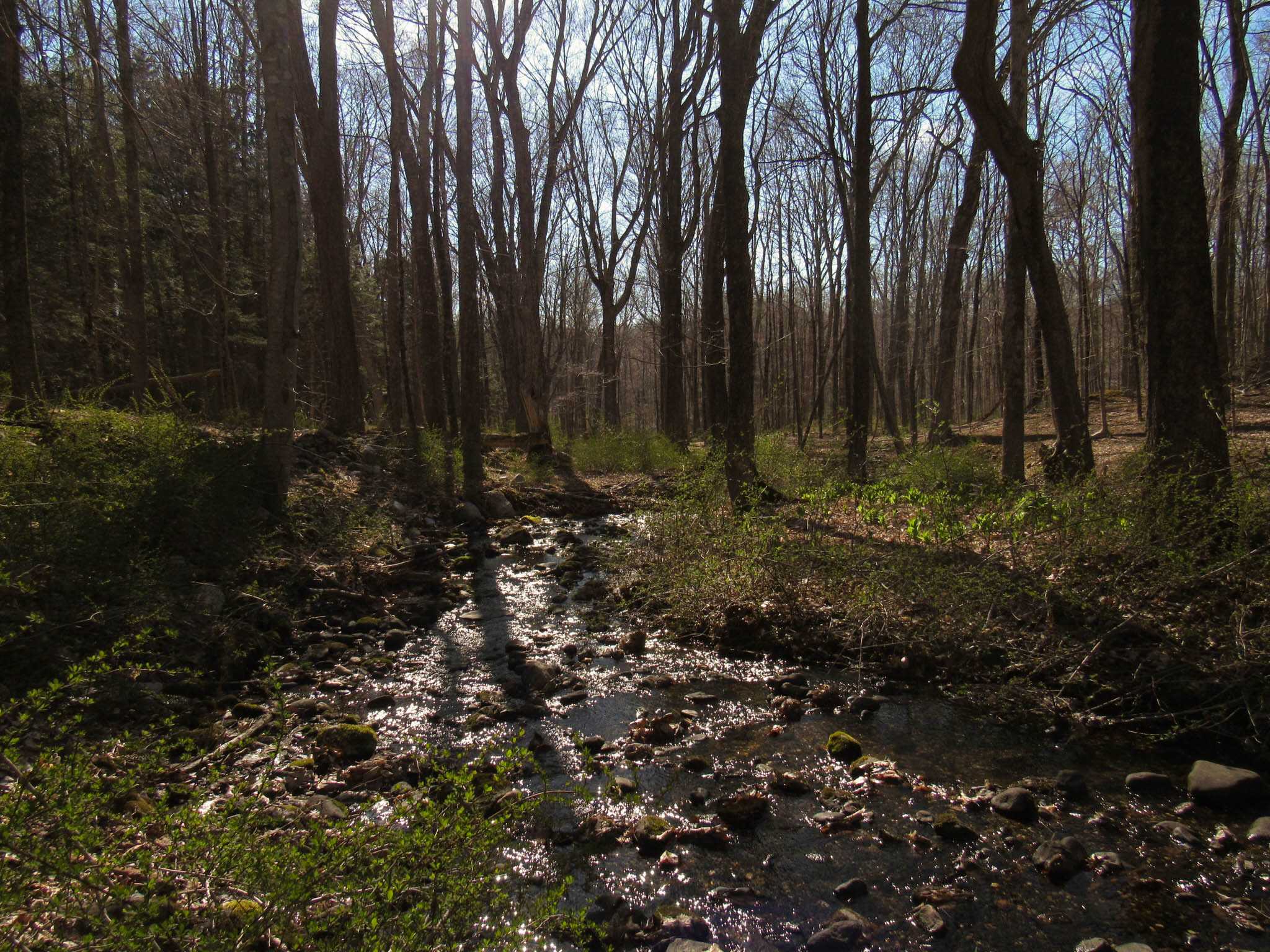
A stream near the red trail at Racebrook Tract,Orange, CT, April 10, 2023. Photo courtesy of Horseshoe Magazine/Kalla Ames.
Many threats exist to flora and fauna within forests. Some include invasive plants and insects, pathogens, climate change and other natural causes. Invasive insects that are common in Connecticut are the two lined chestnut borer and the spongy moth.
The two lined chestnut borer is a slender black beetle with two yellow stripes down their back. These beetles attack oak trees that are weakened by drought, or already declining trees. The two lined chestnut borer is able to create galleries on the bark as well as the depth of the tree which then causes them to become weak and collapse. The spongy moth is an insect with cream-colored wings and brown line markings. These moths attack oak trees and kill them by defoliating them. Without the ability to photosynthesize, trees cannot obtain the nutrients needed to live. When there are no more oak trees they will start to attack other plants like pine trees.
These invasive insects can be transported throughout the United States in cargo and shipping materials, or through personal travel. To combat this, the state of Connecticut has enacted firewood regulations that require one to show where the wood has been exported from.
Invasive plants cause major issues to forests and trees but these aren’t their only victim. Invasive plants can also cause issues such as disease transmission to the creatures that live in the forests and humans. These plants can make it impossible to adapt and may compromise wildlife’s health.
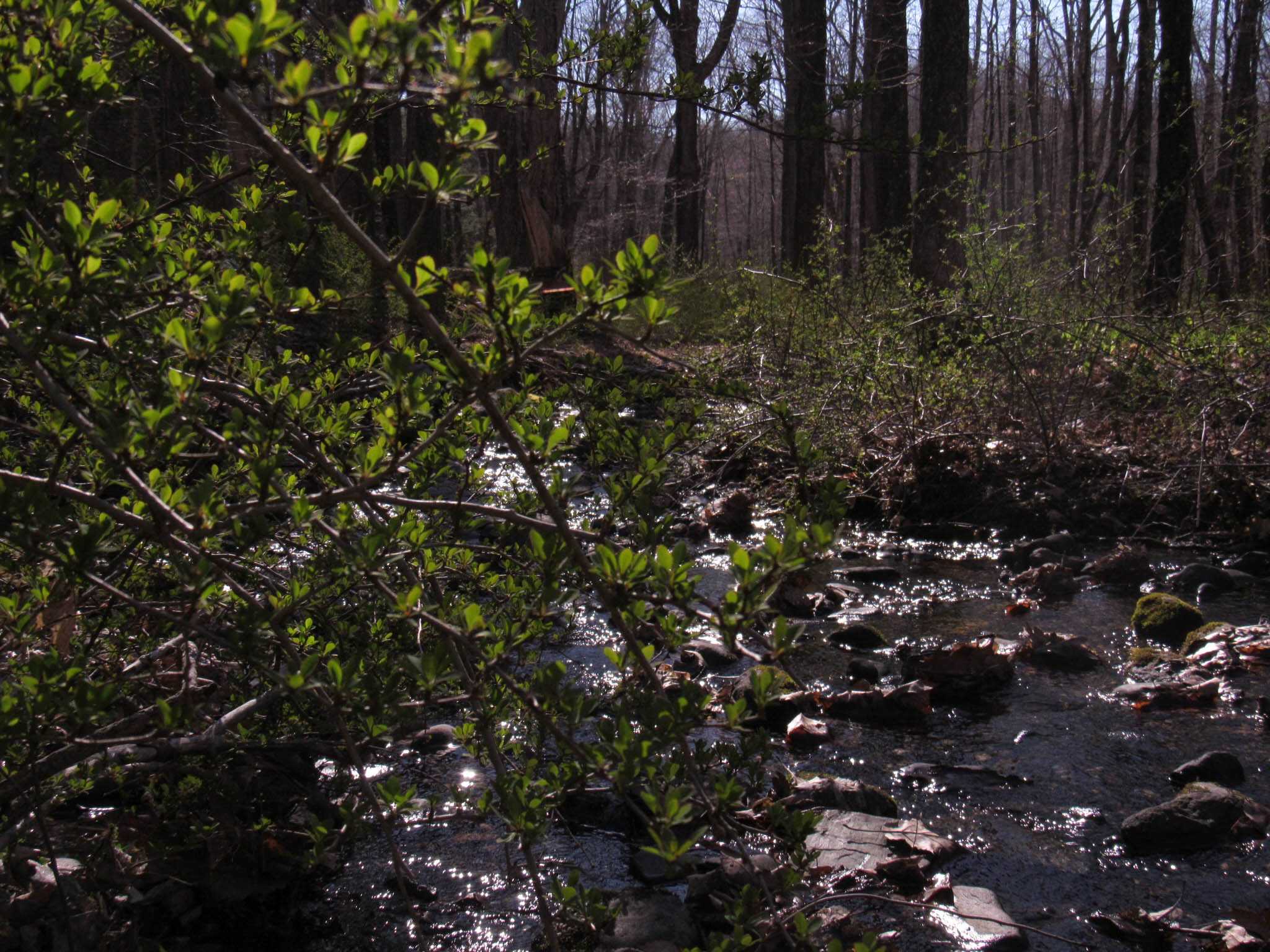
Another perspective of the stream near the red trail at Racebrook Tract, Orange, CT, April 10, 2023. Photo courtesy of Horseshoe Magazine/Kalla Ames.
Trees are also susceptible to diseases that can endanger the forests around them. These diseases are caused by different viruses, fungi and bacteria. In fact, some of the most common causes of tree deaths are diseases, with the most common ones being chestnut blight and Dutch elm disease. The chestnut blight attacks chestnut trees and is spotted by canker-like bumps on the necks and branches of the trees. After the stems and branches are affected, they die quickly and the disease will continue to colonize the dead tree. Dutch elm disease attacks elm trees and early-on signs are the wilting and yellowing of leaves and branches. The tree will continue to wilt as leaves turn brown and curl up. This continues for about a year before the tree dies. Just like humans, trees develop symptoms when a disease is contracted, so it’s important to be educated on the different diseases so you can spot an unhealthy tree.
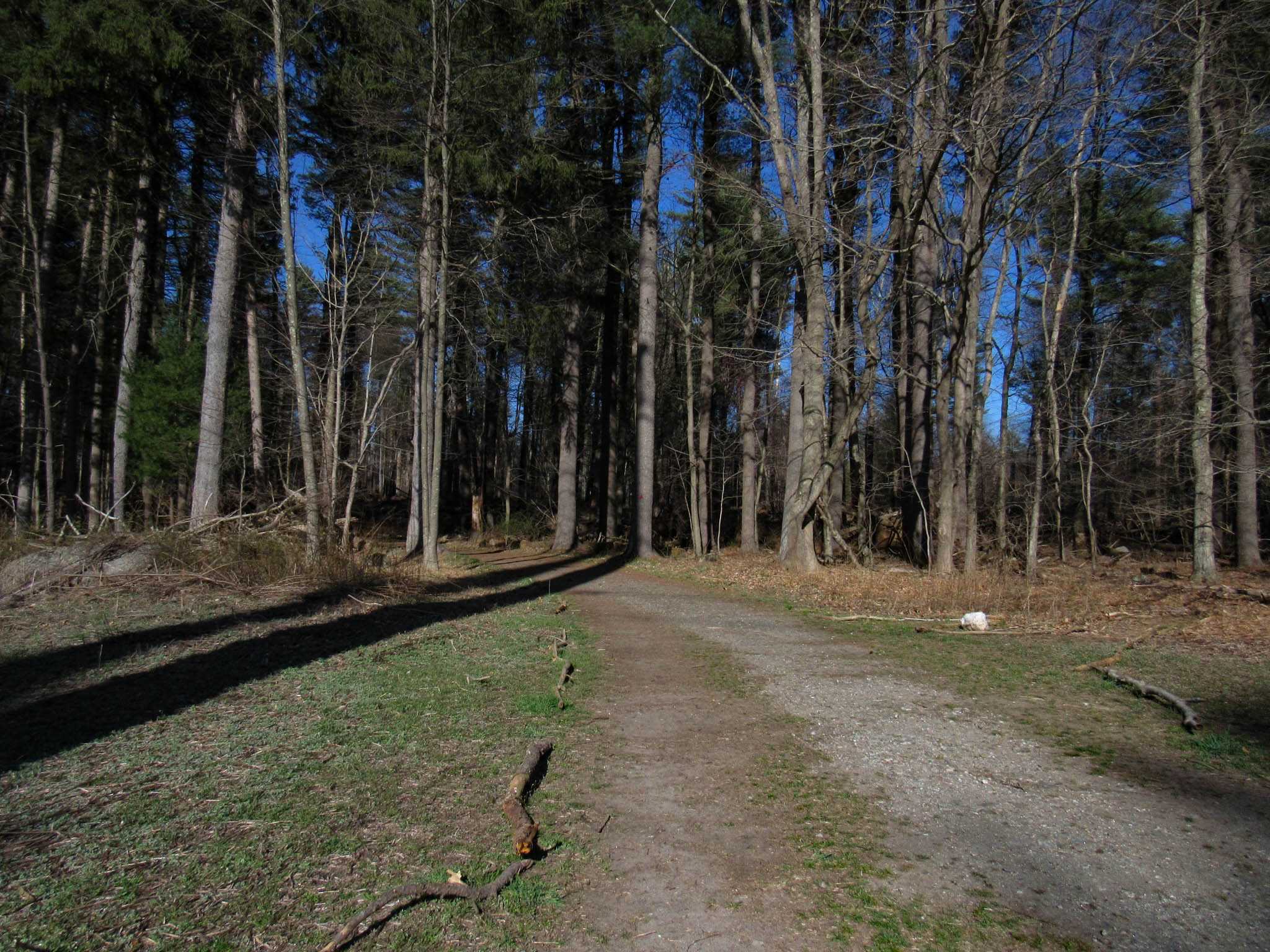
An open path, guided by sticks at the red trail at Racebrook tract, Westbrook, CT, April 10, 2023. Photo courtesy of Horseshoe Magazine/Kalla Ames.
An additional risk to forests is partial or complete deforestation. For example, from 2010 to 2021, Connecticut lost 1.15 thousand hectares of forest land. As a society, humans are innovative and always building new things; however these innovations are sometimes the cause of complete deforestation, which is not only an issue for the trees, but also to the homes of millions of wildlife species.
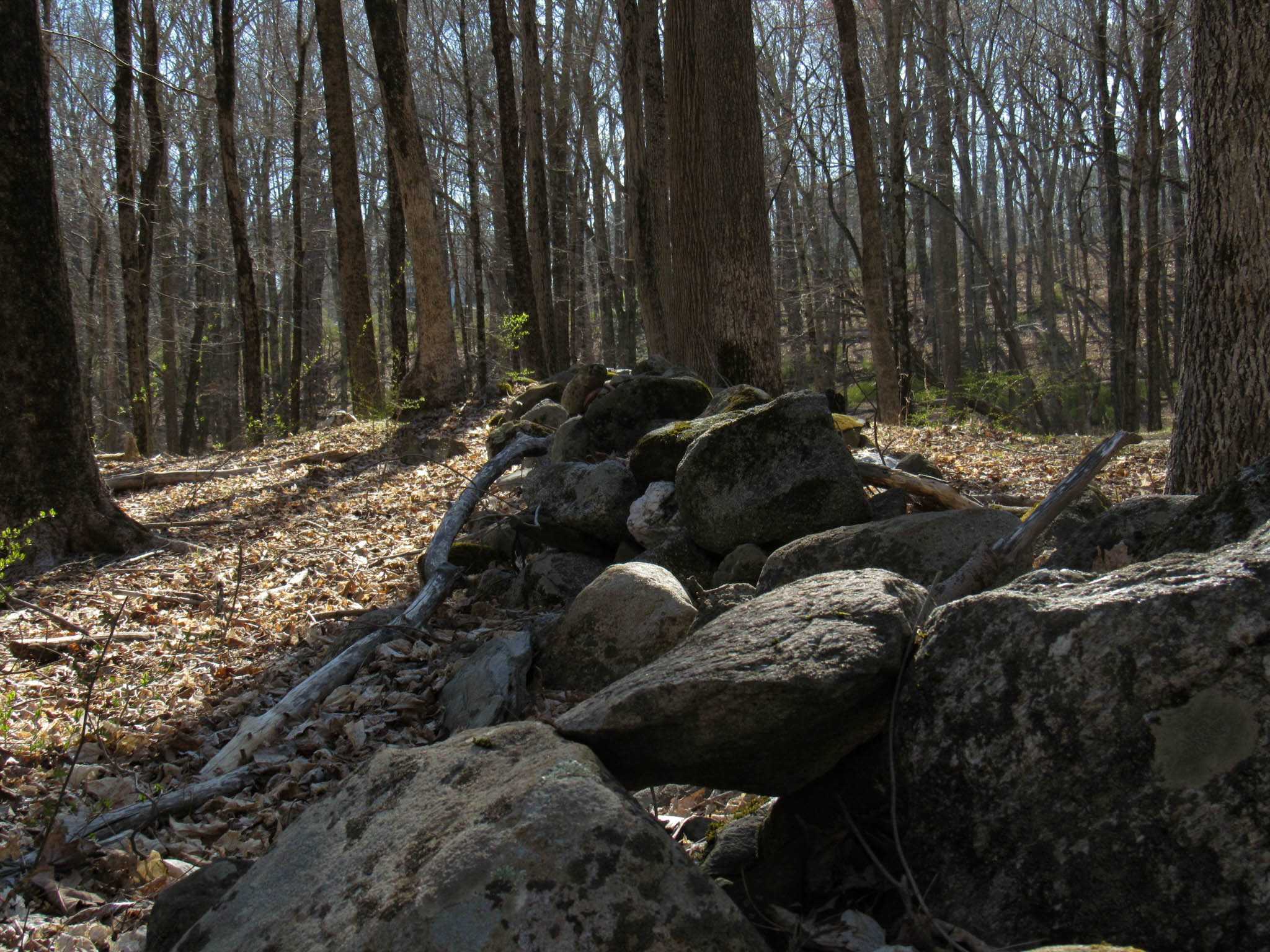
A human-made rock wall near the red trail at Racebrook Tract, Orange, CT, April 10, 2023. Photo courtesy of Horseshoe Magazine/Kalla Ames.
It’s important that as a society, we educate ourselves on forestry, including what factors can endanger them and how we can mitigate this issue. These forests are worth protecting as harm can even occur on your own property. Connecticut’s forestry division has many programs and services to offer for those interested in learning or anyone who may be a forest landowner. For more information visit Connecticut’s official state website.












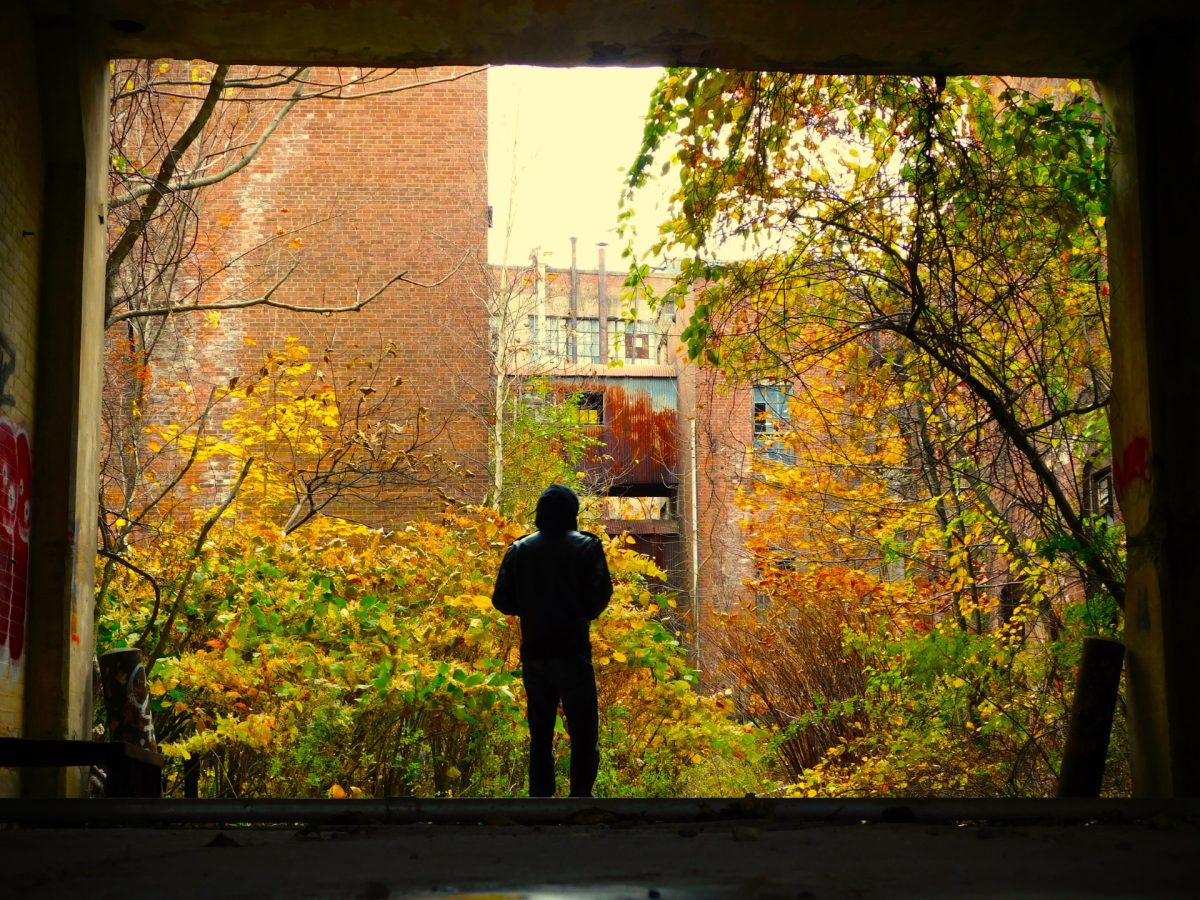

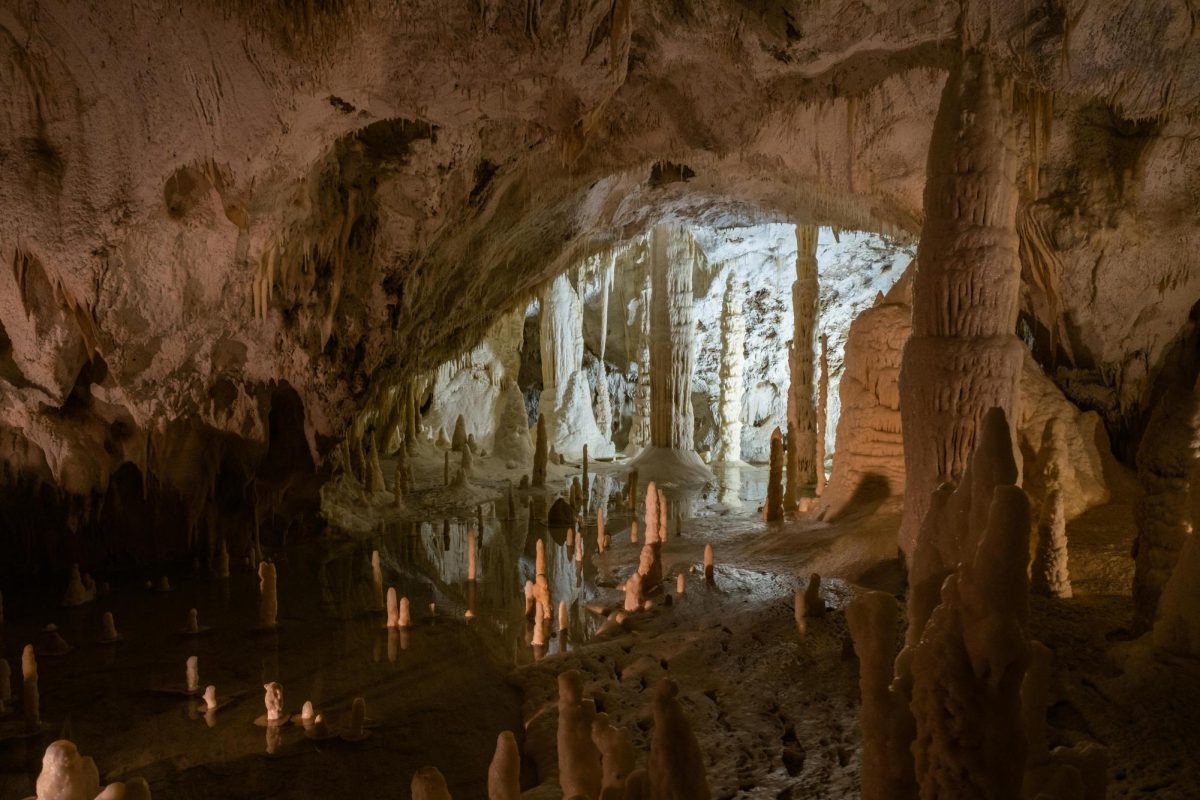


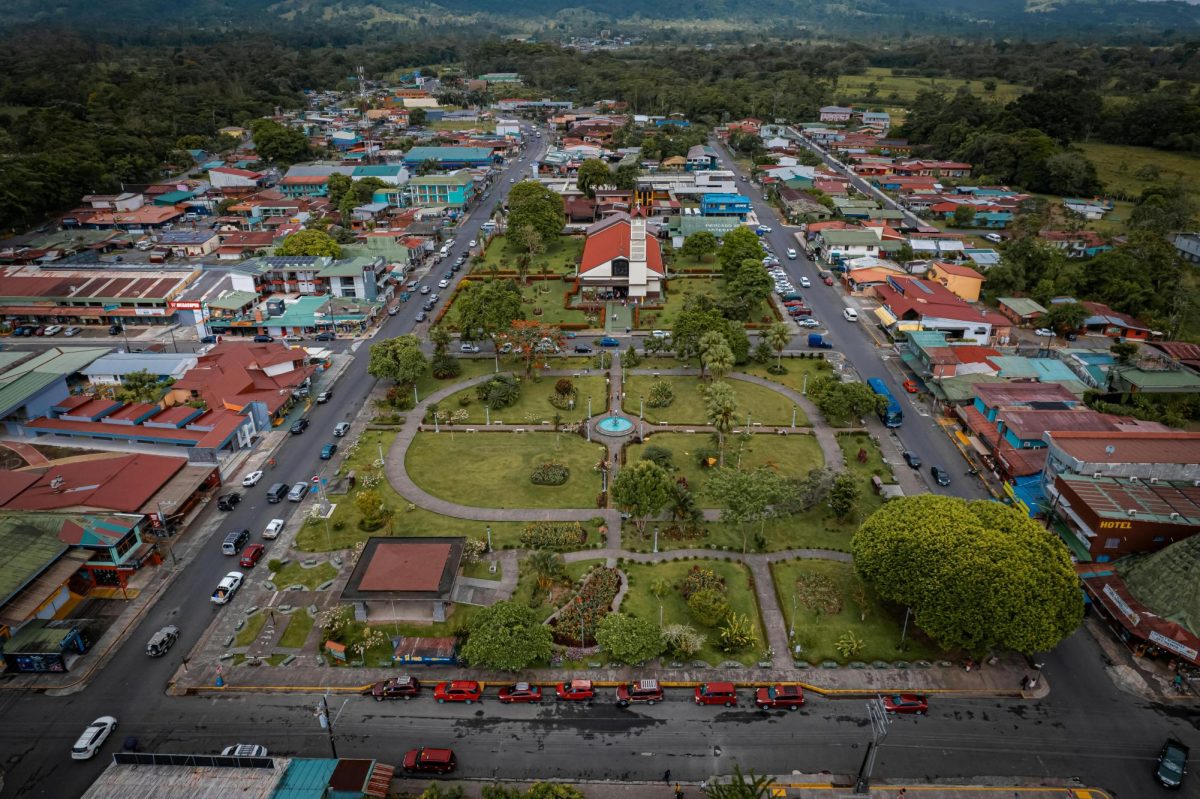









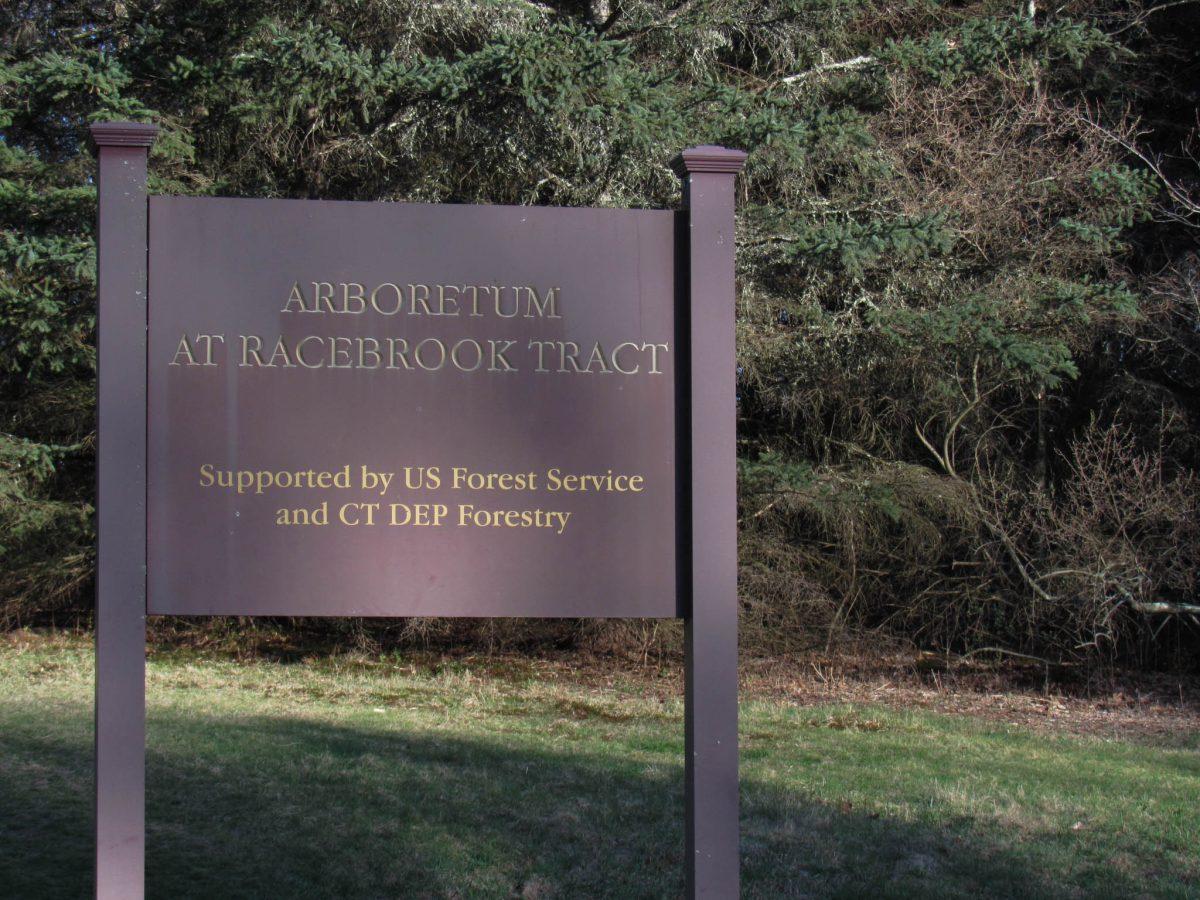

Warren • Apr 13, 2023 at 1:28 pm
Great article!!